Growing Astrantia in the open field: popular species and varieties, planting and care
Astrantia has been cultivated for quite some time. This umbrella plant has gained particular popularity in America and Britain. In Russia, Astrantia is called a star for the external similarity of flowers with asterisks. The plant takes root well in the open field, easily tolerates winter frosts and summer drought. For a beautiful flowering, it is necessary to provide the culture with suitable care.
General description of astrania
In the wild, there are about 10 species of perennial Astrantia, but not all of them have taken root in the culture. All of these plants are herbaceous, with a powerful rhizome, which makes it easy to tolerate a lack of moisture.
The main characteristics of the plant:
- Zvezdovka has erect shoots, the height of which can be from 15 to 90 cm.
- The stems of the plant are weakly branched, with few leaves.
- The leaf plates are finger-lobed or finger-split and may consist of 3-7 lobes with a serrated edge.
- The bulk of the leaves are collected in a basal rosette.
- The inflorescences are umbellate. Each of them consists of a large number of bright pink or white flowers.
- On the outside, the inflorescences are framed with thin green leaves, which gives them additional decorative effect.
- The plant blooms for a long time and abundantly. The flowering period begins in June and ends in September.
- The fruit is a two-chambered capsule.
- Zvezdovka belongs to the group of honey plants; it attracts bees to the site.
Landscape designers do not bypass Astrantia. It is planted in flower beds, in mixborders and rabatki.
Tall crop varieties can be used to create the center of the composition. Low-growing varieties are suitable for border planting. Flowers go well with hosts, astilba, pelargonium, heuchera, lungwort. Astrantia is also suitable for cutting - a bouquet of flowers does not lose its visual appeal and freshness for a long time. The plant can be used for dry bouquets.
Popular types and varieties of perennial astrania
The breeders took as a basis in their work several natural species of Astrantia and created new popular varieties on their basis. When choosing a type of plant for planting in your garden, you need to take into account its size and color of flowers, having thought in advance in which compositions they will be used. Acquaintance with popular varieties and types of Astrantia will help with this.
The culture grown:
- astrantia is small;
- astrantia carniola;
- Astrantia maximum;
- Astrantia is large.
Astrantia large received the greatest prevalence in the gardens of Europe.
Astrantia is large
In nature, large Astrantia prefers the edges of deciduous and coniferous forests. The maximum plant height of this species is 70 cm. The bush is compact, not too sprawling. The leaves are collected in a basal rosette. The flowers are pink in color, the inner surface of the petals is greenish. This is one of the species cultivated for several centuries. During this period, many varieties were bred, which are today planted in gardens around the world.
Astrantia "Pink Symphony"
Tall plant with pink-red flowers. The maximum height of the bush is 80 cm. The herbaceous perennial blooms from July to September, loves loose nutritious soil. Can be planted in the sun and in light partial shade.The plant is resistant to diseases, tolerates frost well. A photo with the name of the flower will give a complete picture of its size and appearance.
Astrantia "Rosea"
The height of the perennial is about 70 cm. The leaves are dark green in color and contrast beautifully with the color of the petals. Umbrella inflorescences consist of deep pink flowers. The "Rosea" variety grows well in the sun and in partial shade, easily tolerates drought. The flower opens its buds in early summer and stops blooming in autumn.
Astrantia "Moulin Rouge"
This perennial has a rich, bright color. For the color to appear in its entirety, you need to plant a Moulin Rouge star in a sunny place. The upper side of the petals has a wine-red color. On the reverse side, the petals are almost black. The bushes have a compact shape and a height of 50 cm. The flowering time is standard - from July to August.
Astrantia "Snowstar"
Shade-loving variety. The plant may well be grown in a shaded corner of the garden. The height of the bushes depends on the growing conditions and varies between 50-70 cm. The color of the flowers is snow-white, the color of the wrappers is greenish. The plant requires minimal maintenance.
Open ground planting rules
You can plant a starfish directly with seeds in open ground. This method is easier than planting through seedlings. The plant can reproduce by self-seeding, but in this case one can hardly count on getting specimens with beautiful flowering. Hybrid varieties do not pass on their qualities to future generations. It is best to buy varietal seeds over and over again.
Sowing with seeds
Sowing is more convenient to carry out in late autumn, on frozen ground. During the winter, the seeds will undergo natural hardening, and in the spring they will be saturated with moisture from the melted snow and germinate. During podzimny sowing, seed material is consumed with a reserve, some of the seeds will inevitably die in frosts.
Sowing technology:
- The flowerbed is prepared in early autumn. The earth is dug up, loosened, fertilized, adding 3-4 kg of humus and 60 g of complex mineral fertilizer per square meter of area.
- Then you should cut grooves 2-3 cm deep into which the sowing will be carried out.
- Sowing work is carried out in late October or early November. The seeds are poured into the grooves.
- Top crops are sprinkled with dry soil and covered with a mulch layer (chopped straw, dry foliage, rotted sawdust, peat).
In the spring, as soon as the snow melts, the mulch is removed. After the emergence of seedlings, the seedlings are thinned out. If by this moment the threat of frost persists, the flower bed is first covered with a film or non-woven material.
Growing seedlings
Before you start planting and caring for Astrantia in the open field, you can pre-grow seedlings of the culture at home. Sowing begins in early March. On the packaging with planting material, you need to find a note that it has passed stratification. If there is no such marking, the seeds are pre-stratified in the refrigerator for 2-3 months.
Sowing step by step:
- drainage is placed on the bottom of the container;
- a nutritious disinfected substrate is poured on top;
- seeds are laid out on the surface and sprinkled with a thin layer of earth;
- the container is covered with foil and placed in a warm place;
- after the emergence of shoots, the shelter is removed and the seedlings are exposed to the light.
The more sun the seedlings receive, the better they will develop. In cloudy weather, you can use additional lighting. After 2 weeks, the seedlings are thinned out. Watering is carried out as the top layer of the earth dries up. After irrigation, the soil is carefully loosened.
As soon as 2 true leaves appear on the seedlings, they are dived in separate pots. Plants can be transplanted into peat cups - this will simplify further transplantation. 10 days before planting in open ground, the seedlings begin to harden, daily taking them out into the open air.
It is necessary to increase the time spent on the street gradually.At the end of May, the starfish is planted in a flower bed. The holes in the soil are made at intervals of 30-40 cm, their depth should correspond to the volume of the plant root system. After planting, the soil is compacted and watered.
Plant care
Caring for a starlet is not difficult at all. It is not necessary to water the plant regularly, watering is carried out only in case of prolonged drought. For water procedures, they choose early morning or evening. Water for irrigation should be warm. Only young plants are watered regularly (2-3 times a week) so that they can better take root in the soil.
Mulching the soil will help to reduce the frequency of watering:
- mowed grass;
- rotten sawdust;
- chopped straw.
The same procedure will eliminate the need for weeding and protect the roots from frost in winter. It is necessary to regularly clean the bushes, removing faded buds, dry stems and leaves from them.
After the flowering is completed, the bush is cut to a height of 15 cm. If the astrantia was planted in nutritious soil, it is not fertilized. As a safety net, you can feed the culture 2 times a summer with a weak solution of complex fertilizer for flowering plants. For the winter, the bushes are mulched with a layer of peat or humus. It is advisable to additionally cover young plants in the year of planting with spruce branches.
The unpretentious and long-blooming Astrantia is quite worthy of the attention of flower growers. Having planted it on your site, you can decorate the territory for several years in advance. The flowers of the plant, which look like stars, go well with other garden crops and can beautify the interior of the house after cutting.
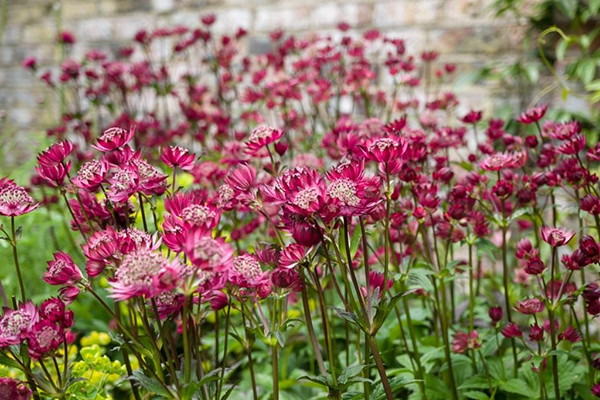

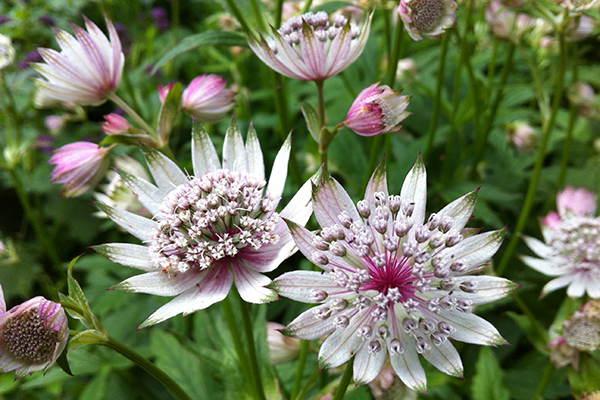

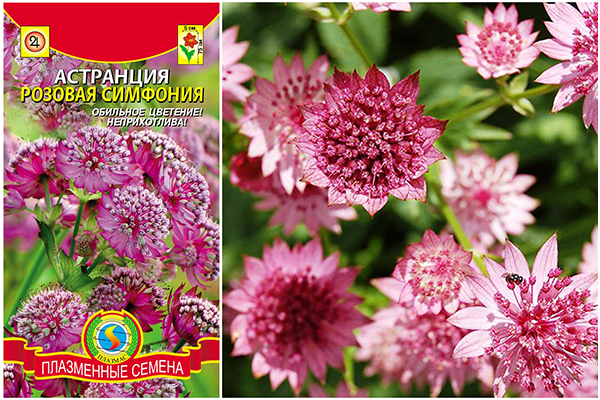
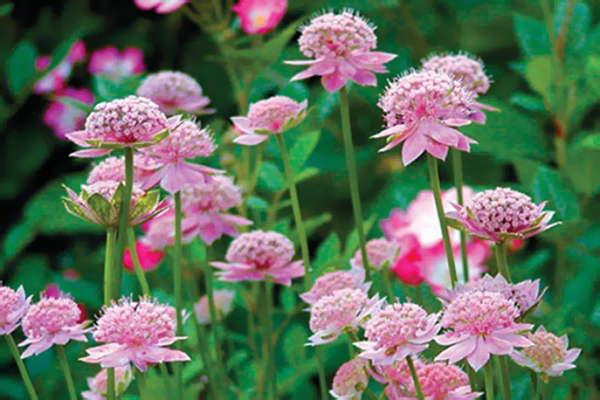

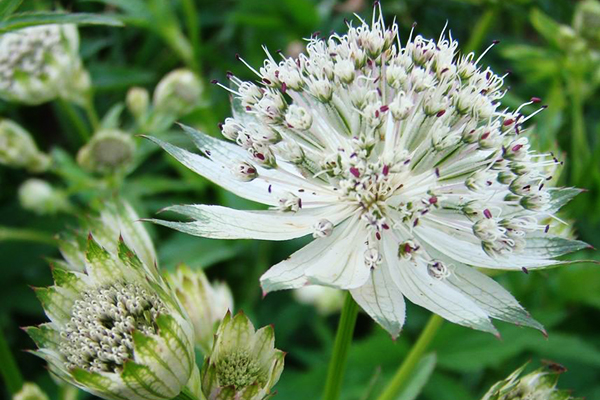

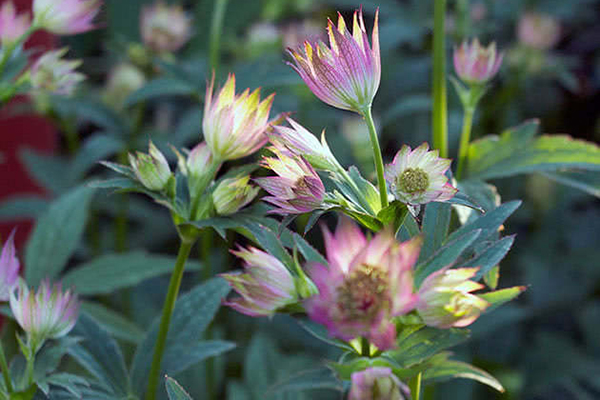
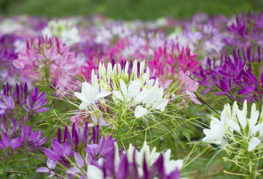
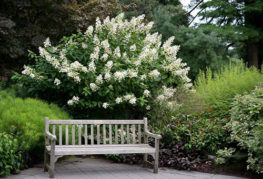

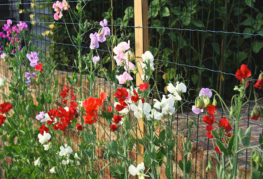
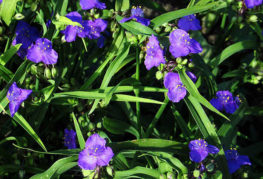
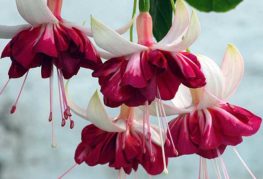
and will be published shortly.